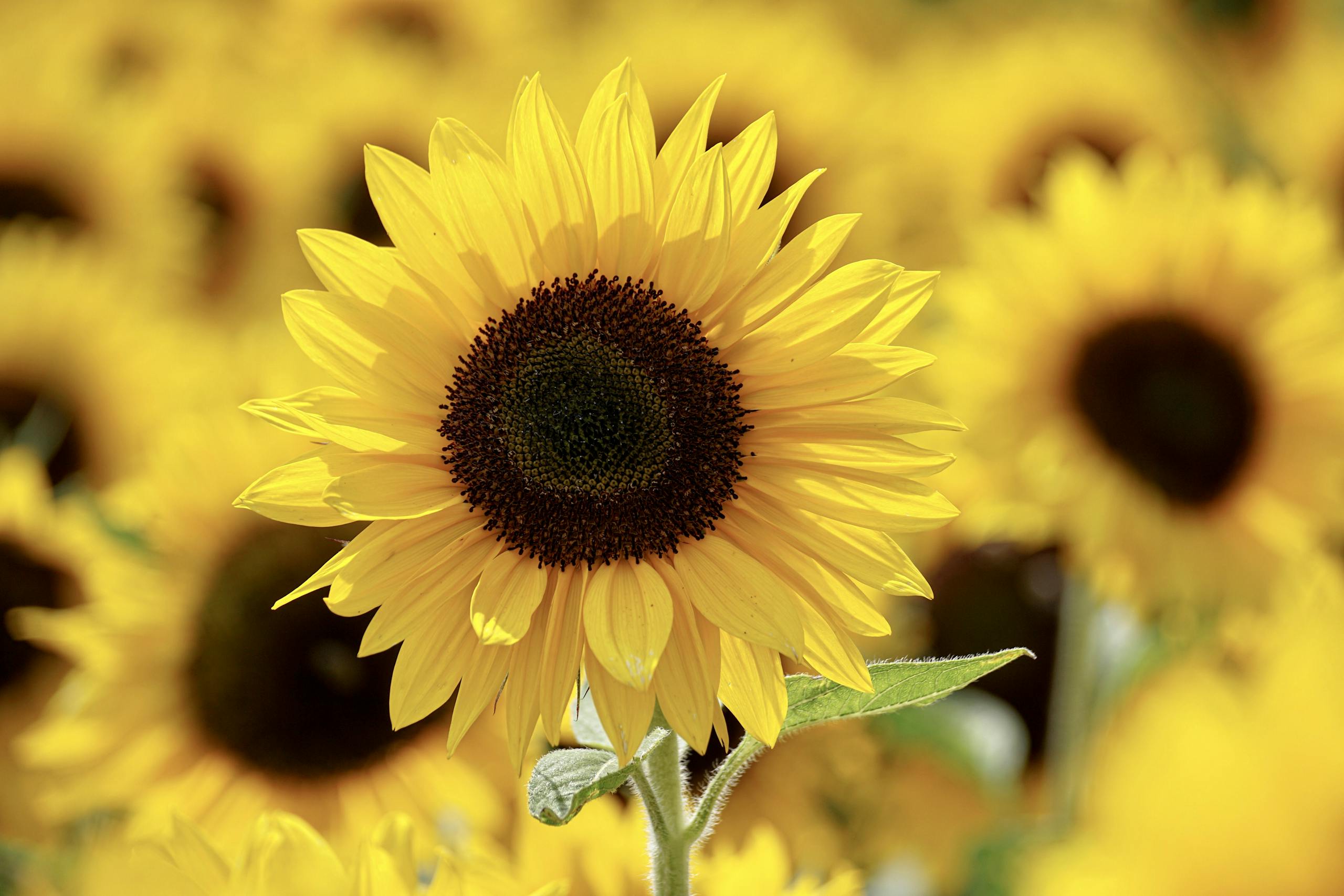For a long time, I thought I was broken.
I couldn’t understand why some days I felt completely in control—productive, focused, grounded—and then other days, usually right before my period, it felt like the world was crumbling. I’d spiral into self-doubt, rage, hopelessness, and exhaustion. Everything would feel too much, and I couldn’t find my way out.
Eventually, I learned that I wasn’t just dealing with ADHD. I was also living with PMDD—Premenstrual Dysphoric Disorder. And the two together? They create a storm that most people can’t see, let alone understand.
What PMDD Feels Like With ADHD
If you have ADHD, you already know the constant battle with focus, impulsivity, emotional intensity, and regulating energy. But when you add PMDD to the mix, everything is magnified.
The week or two before my period feels like being hijacked by another version of myself. One that’s overwhelmed by sound, touch, light—life. I question everything: my abilities, my purpose, my relationships. I cry more. I lash out. I withdraw. I become hypercritical of myself and lose trust in my own instincts. It’s like my brain and body are both screaming, and I’m stuck in the crossfire.
Here’s the truth most people don’t talk about:
ADHD and PMDD both affect emotional regulation. Both mess with executive function. Both can disrupt sleep, mood, focus, and motivation. And when they overlap? It’s not just double trouble—it’s exponential.
What I’ve Learned From Living With Both
For years, I internalized the struggle. I thought I wasn’t trying hard enough. That I was inconsistent, flaky, or just “too sensitive.” But this isn’t about willpower. It’s biology. It’s neurochemistry. It’s hormonal. And it’s real.
What’s Helping Me Now
Through a lot of trial and error, and learning to actually listen to my body, I’ve found some practices that help soften the storm:
- I track my cycle religiously.
I use a cycle tracking app and also jot notes about my emotions, energy, and focus. This helps me prepare for the PMDD window. - I honor my luteal phase.
This is when I need more rest, less stimulation, and deeper boundaries. I clear my schedule where I can and prioritize sleep. - I support my nervous system daily.
Magnesium, adaptogens, protein-rich meals, and hydration are part of my toolkit. I also lean heavily into grounding practices—barefoot in nature, breathwork, and meditation. - I talk to myself kindly.
When the inner critic is loudest, I remind myself: “This isn’t all of you. This is the chemistry talking. Ride it out. You’re safe.” - I’ve created rituals instead of routines.
Routines used to feel rigid. Rituals feel loving. I light a candle, play calming music, stretch, and reconnect with what feels good in my body. - I found a community.
Sharing my experience helped me feel less alone. We need spaces where women with ADHD and PMDD can speak honestly without shame.
You’re Not Alone
If you’ve ever felt like you’re on a rollercoaster that no one else can see… if you’ve ever hated your brain and your body at the same time… if you’ve ever wished you could just “be normal” for once—please know this:
You are not broken. You are navigating a complex, under-discussed reality that deserves compassion, not judgment.
And the more we speak up about this, the less shame we carry—and the more power we reclaim.
To every woman navigating PMDD and ADHD: I see you. You’re not crazy. You’re cyclical. You’re sensitive. You’re strong. And you’re not alone.
#PMDD #ADHDWomen #NeurodivergentWomen #HormoneHealth #CycleAwareness #MentalHealthMatters #ADHDandPMDD #HealingJourney #WomensHealth



